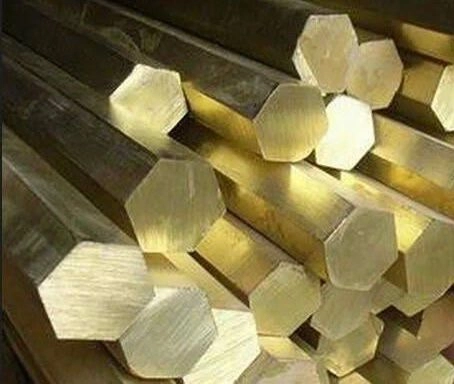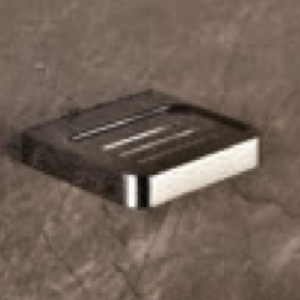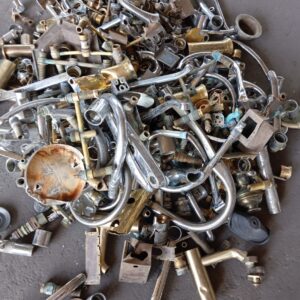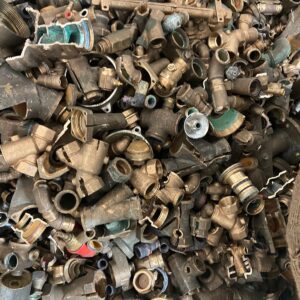Description
-
-
Physical Characteristics:
- Shape: The cross-section of a hex rod is a regular hexagon, meaning it has six equal sides and angles. This shape gives the rod a distinct geometric appearance.
- Dimensions: Hex rods are specified by the width of the flat sides of the hexagon (e.g., a 20 mm hex rod) and the overall length of the rod.
- Material: Hex rods are made from various materials, such as steel, aluminum, brass, and other metals. The choice of material depends on the specific requirements of strength, weight, and corrosion resistance.
Uses:
- Mechanical and Structural Applications: Hex rods are used in applications that require a high level of strength and rigidity. They are commonly used in manufacturing machinery parts, structural supports, and components that need to fit into hexagonal fixtures or fittings.
- Fasteners and Connectors: They can be used to create custom bolts, screws, or other fastening devices. The hexagonal shape allows for easier gripping and turning with tools like wrenches or sockets.
- Tooling and Fixtures: Hex rods are often used in tooling, jigs, and fixtures. The shape can help in aligning or securing parts during machining or assembly.
- Design and Decoration: In some cases, hex rods are used for aesthetic or design purposes, such as in architectural elements or artistic projects.
Advantages:
- Torque Transmission: The hexagonal shape is effective for transmitting torque, making it easier to grip and turn with tools. This is particularly useful in mechanical and fastening applications.
- Stability: The shape provides stability and prevents rotation or slipping, which is beneficial in certain structural and fastening scenarios.
- Aesthetic Appeal: The geometric appearance can be visually appealing and is sometimes chosen for its design qualities.
-






Reviews
There are no reviews yet.